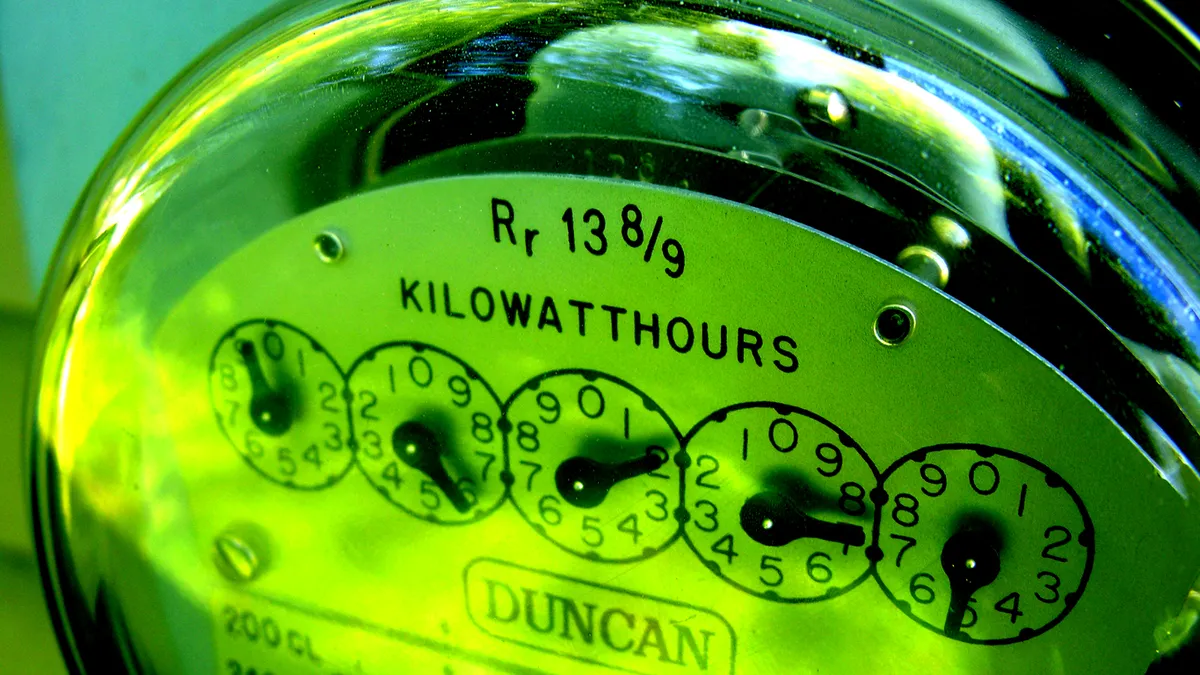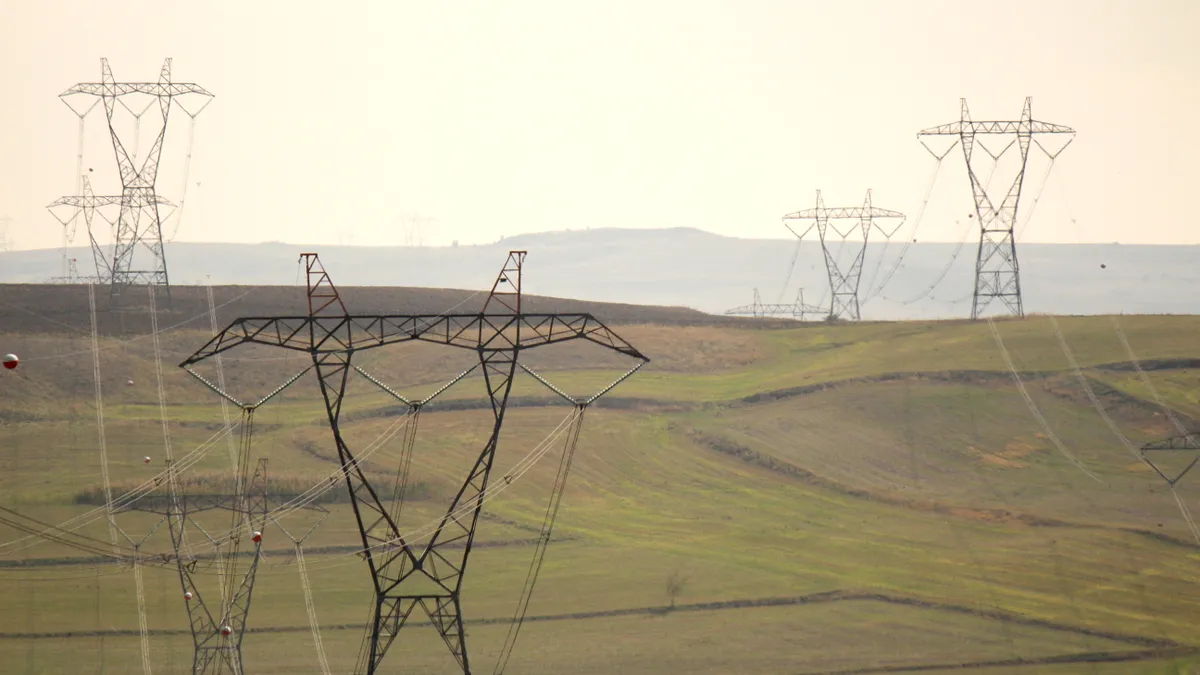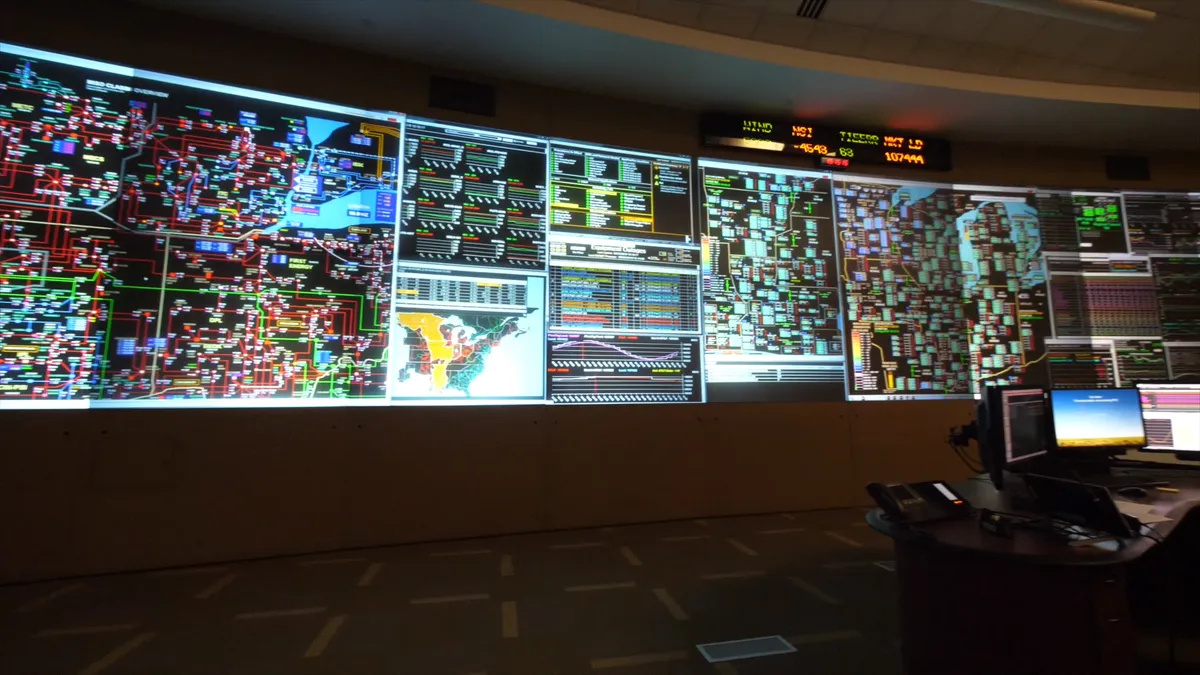The following is a guest post from Brett Feldman, principal research analyst at Navigant Research. If you would like to submit a guest post, please review these guidelines.
Up until the last few years, utilities and market operators relied primarily on one-way, proprietary communications and control systems from vendors to enable residential demand response (DR) programs. Commercial and industrial (C&I) customers would get phone calls or emails from the DR program operator to alert them of DR dispatches, and then they would take (mostly manual) actions to implement the DR event.
As the scale of DR programs has increased, their operational reliability has become more critical and the choices of communications protocols and devices have expanded. There is a need for more centralized management and control, similar to what is done on the power generation side of the electricity market. Numerous vendors have come from many different angles to offer solutions that are categorized as demand response management systems (DRMSs).
A DRMS will dispatch load based on system needs and manage the load rebound after an event by layering in the restart of devices instead of starting them all at once. DRMSs are designed to forecast load and revenue based on usage history by meter and on an aggregated basis. They will also forecast load reduction and perform load-shaping analysis by aggregating historical and real-time data from field-based devices. The system may or may not include a customer portal that will allow customers to enroll online, view their electricity usage in real-time, view their load shift, and opt in or out of events. The system may also include portals and analytics designed for wholesale market management and third-party aggregators. Finally, the system will support direct load, price-responsive, and dynamic pricing programs and accommodate next-generation upgrades such as variable pricing, distributed and renewable energy management, and EV charging.
DR plays an important role in the landscape of low carbon policies and regulations, changing resource mix and evolving utility business models. Utilities deploy DRMS to manage their portfolios of DR programs, address existing compliance and financial risks, and increase customer satisfaction. Drivers range from optimized DR management, customer cost reduction, improved system stability, integration of distributed energy resources (DER), and competitive retail suppliers entering the market.
The future of DRMS lies in the integration with other enterprise software systems and the expansion of DRMS capabilities. Vendors are seeing less demand from utilities for systems that are capable of DR only. As this demand grows, the lines between DRMS, DERMS, advanced distribution management systems (ADMS), and customer engagement will blur, and these will be sold and implemented as one system.
Rather than having the DRMS as a separate outside system, ADMS vendors are starting to plan how DRMS functionality could be included in an ADMS to simplify the operation for the utility and reduce the need for multiple platforms. If operators can integrate distribution load flow models with forecasted customers loads and DER behavior under various scenarios, they have a powerful grid management tool. This integrated platform can form the basis for advanced programs, such as transactive energy, where customers can see prices for load and generation that vary spatially and in time depending on instantaneous grid conditions. In the same vein, vendors are seeing a demand for the incorporation of other customer program management into DRMS customer portals. For a utility looking to implement a range of customer programs—from energy efficiency incentives to DR to pricing programs—it is advantageous to have one system to handle all customer outreach.
There are a number of existing examples of varying size of DRMS projects in both the United States and abroad. These projects display a diversity of design, outcomes, and lessons learned. Each user has its own particular drivers and chooses different vendors based on their specific needs.
NV Energy, an IOU in Nevada, can claim one of the earliest DRMS implementations. Its DR programs once used multiple proprietary systems control and communication systems, which had some benefits like simplicity and accuracy for the thermostats and load control switches that were used. However, tracking systems were one-way communication flows for the installation of devices and required extensive paperwork. In 2008, NV Energy changed its DR tariff and required a participation incentive for customers in order to garner more interaction with them. It also wanted better forecasting capabilities to be able to look at DR like a generator on the grid. The utility engaged a consultant to help run workshops and create a DRMS requirements matrix, then put out a request for proposal (RFP) and selected a vendor in 2009.
CPS Energy is a municipal utility in San Antonio, Texas. The utility operates a number of residential and C&I DR programs that historically ran on different platforms, but was looking to develop a single system from which to manage all of the platforms to make it more user-friendly for the operations staff who implemented the programs. CPS Energy also wanted the capability to easily add new programs to the platform. In 2015, CPS Energy undertook a competitive procurement and received a number of bids with a wide range of cost and functionality. It chose a solution that was easy to use, had a relatively short deployment time, and was cost-effective. It also selected a SaaS solution, which took convincing on multiple levels within the utility: IT for security purposes, and finance since the solution would be charged as an operational expense as opposed to capital.
Direct Energy is a competitive retail energy supplier involved in multiple markets across North America. It has a C&I DR business that spans many of these markets—such as the Electric Reliability Council of Texas (ERCOT), PJM, and the New York ISO (NYISO). Rather than develop its own DRMS in-house as some other DR aggregators have, Direct Energy decided to procure a system from a vendor in 2014. It chose a vendor that could take in multiple data streams—such as a utility meter and a data logger—since some programs require both kinds of data.
Navigant Research estimates that $46.1 million will be spent on DRMS on a global basis in 2016. As seen in the chart below, growth is expected to be robust during the 2016-2025 forecast period. By 2025, annual DRMS spending is expected to reach $232 million globally. The largest amount of DRMS spending is expected to be in North America, primarily in the United States. This is anticipated hold true throughout the forecast, even though other regions will eventually start to support more DR programs.
These trends and more are covered in Navigant Research’s new report, "Demand Response Management Systems."






















